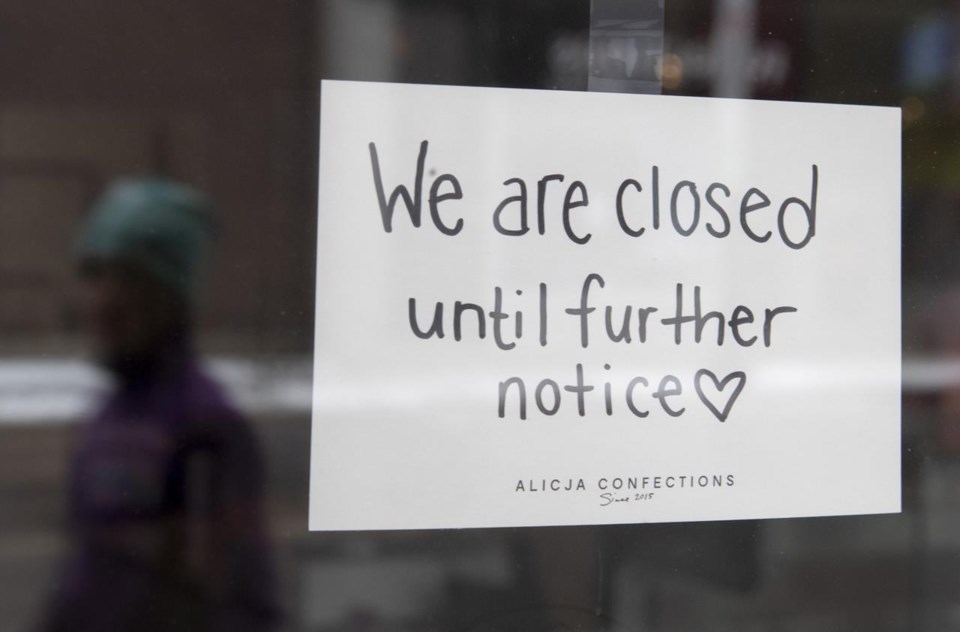OTTAWA — Canadian business insolvencies were up 41.8 per cent from a year earlier in the third quarter, surpassing pre-pandemic levels.
The Office of the Superintendent of Bankruptcy said 1,129 businesses filed for a bankruptcy or proposal in the third quarter, up 3.6 per cent from the second quarter.
That's compared with 827 filings in the third quarter of 2019.
Businesses are being hit by the withdrawal of COVID-19 support, higher interest rates and softening consumer spending, according to the Canadian Association of Insolvency and Restructuring Professionals, or CAIRP.
"Many companies emerged out of the pandemic already over-leveraged and now they have the added pressures of higher borrowing costs, less access to capital, and high inflation leading to increased costs. It is inevitable that some will be significantly challenged, especially those in consumer-facing sectors," said CAIRP chair André Bolduc in a press release.
Bolduc noted the numbers don't tell the full story, as business owners often choose to close their doors and walk away instead of going through the insolvency process.
Meanwhile, many Canadians are seeking help with mounting personal debt amid a higher interest rate environment, CAIRP said.
Again, the numbers may not tell the full story, Bolduc said: "The official statistics don’t reveal the full scale of serious indebtedness because many wait years before they consider legal debt-relief options."
“Many are struggling to keep up with the rising price of essentials and taking on more debt as a temporary measure to make ends meet but it ends up becoming unmanageable.”
The Bank of Canada recently chose to hold its key rate at five per cent as it waits for the full effect of its tighter monetary policy to work its way through the economy.
This report by The Canadian Press was first published Nov. 3, 2023.
The Canadian Press




